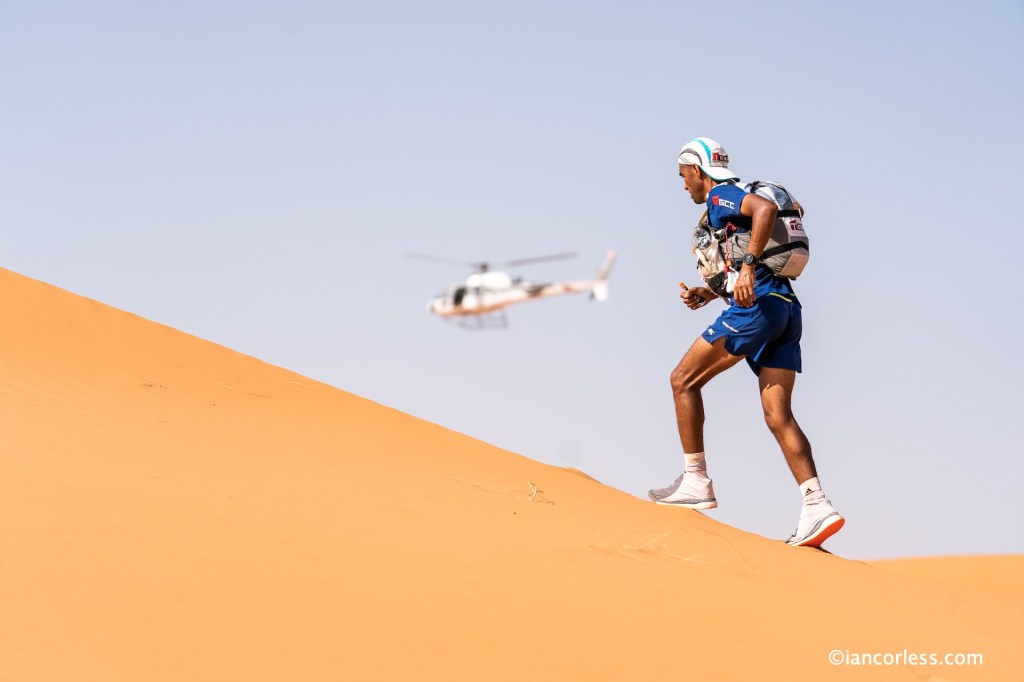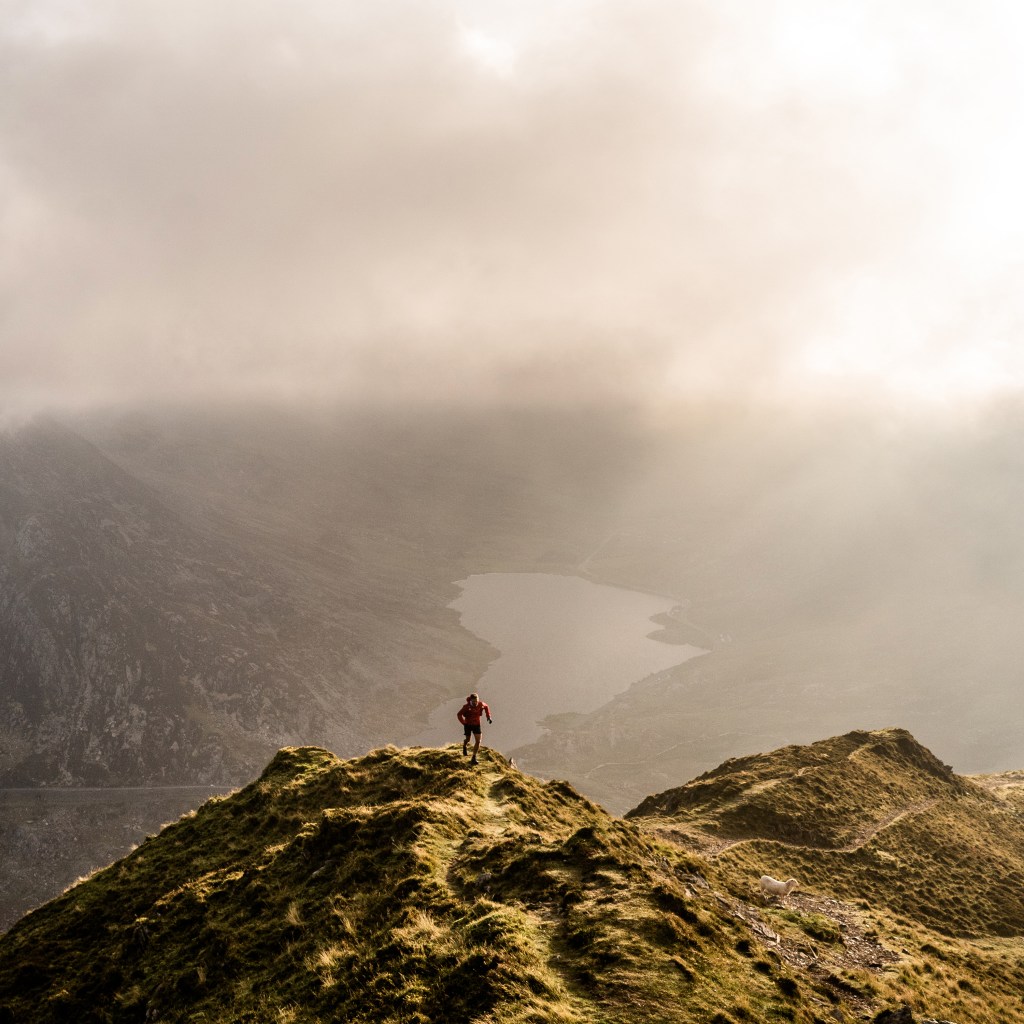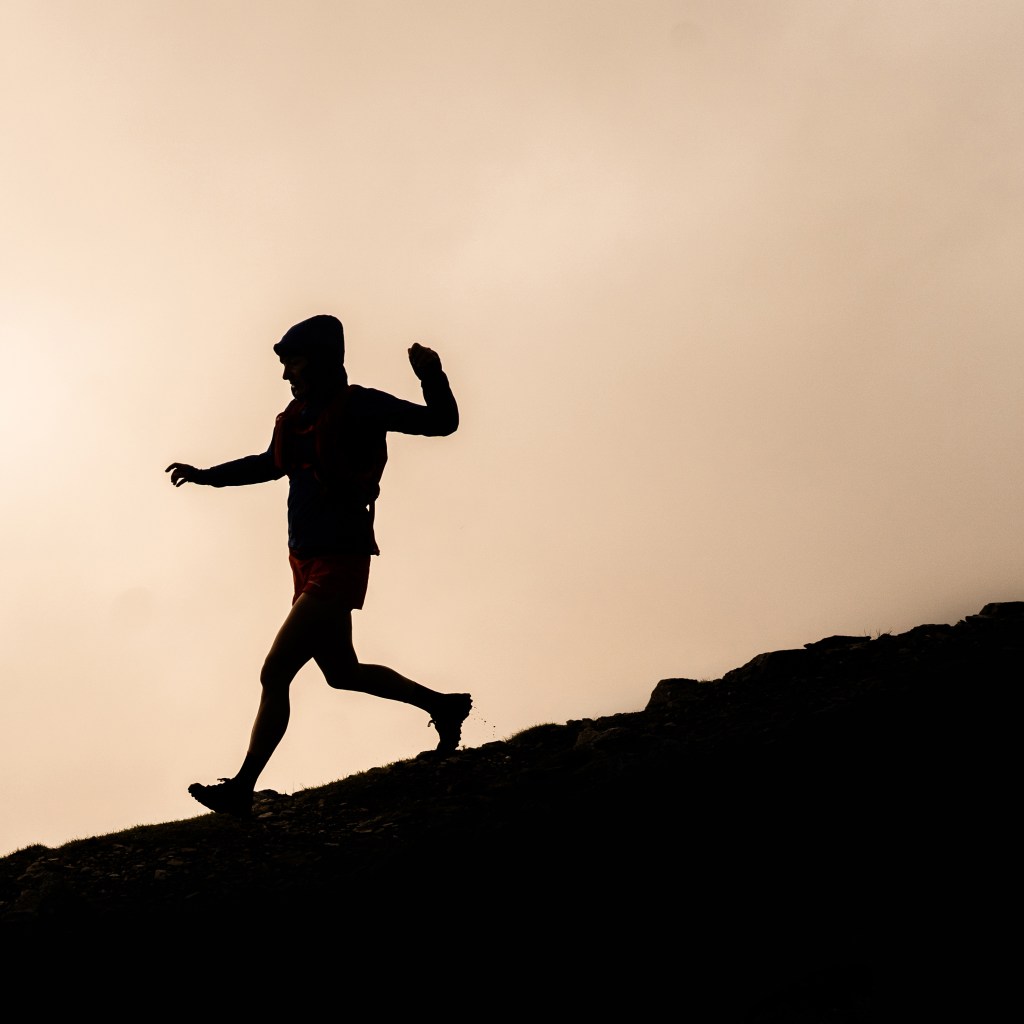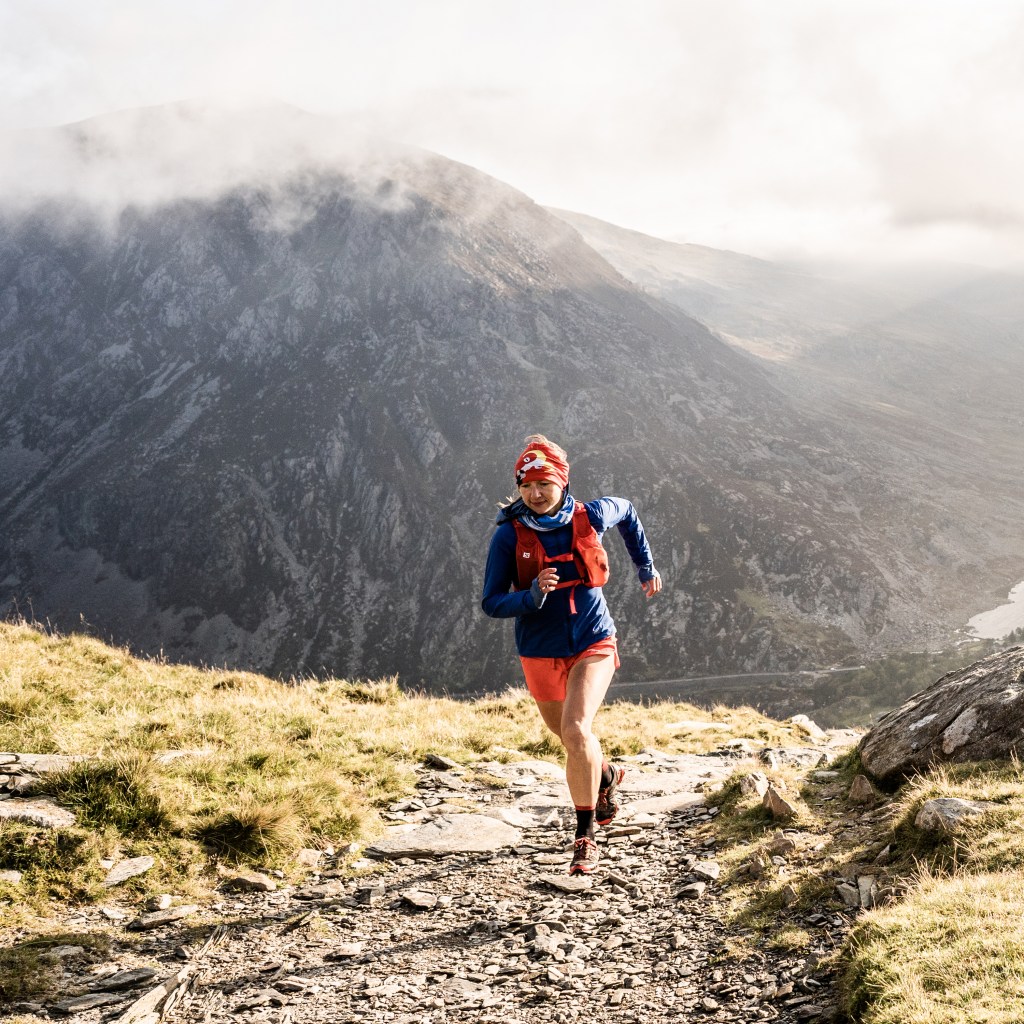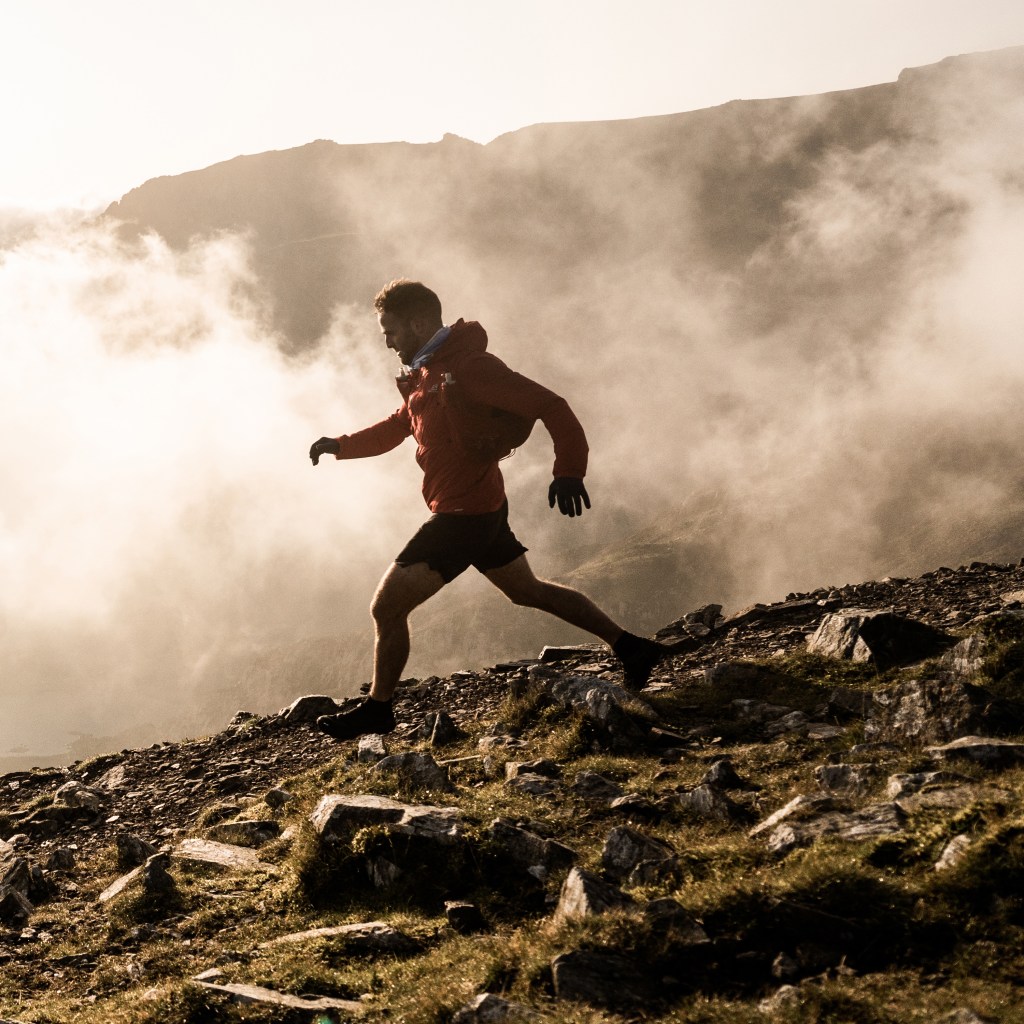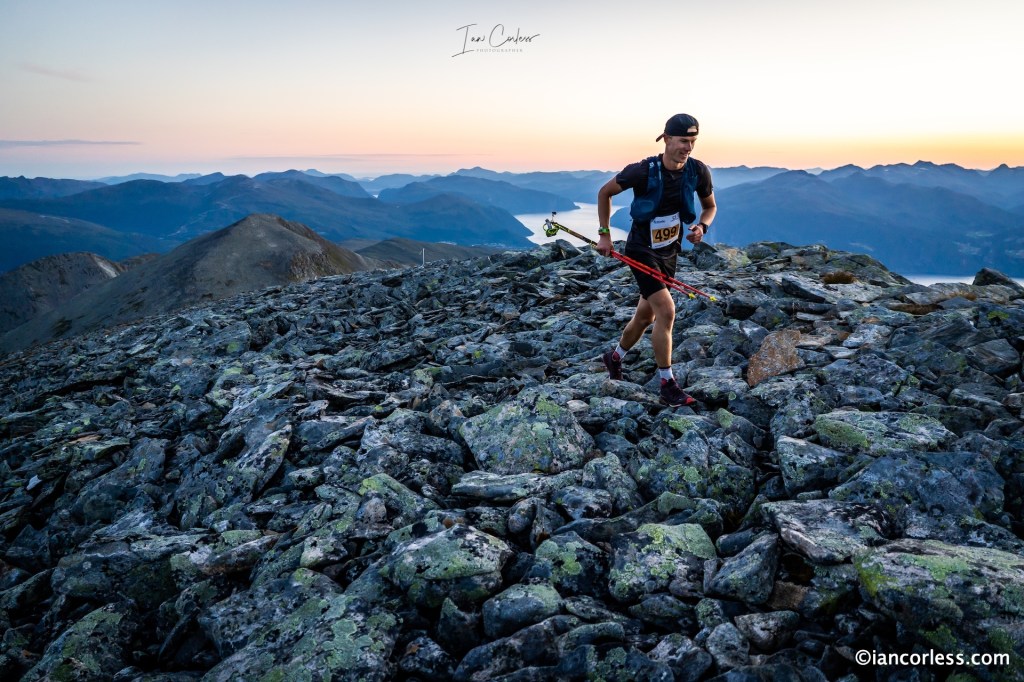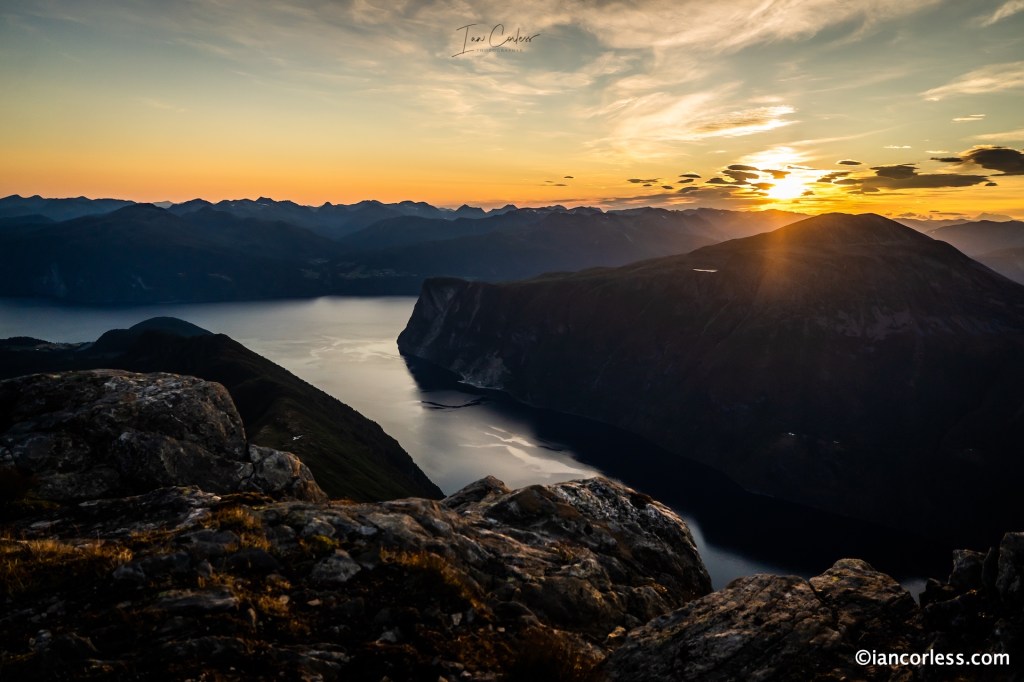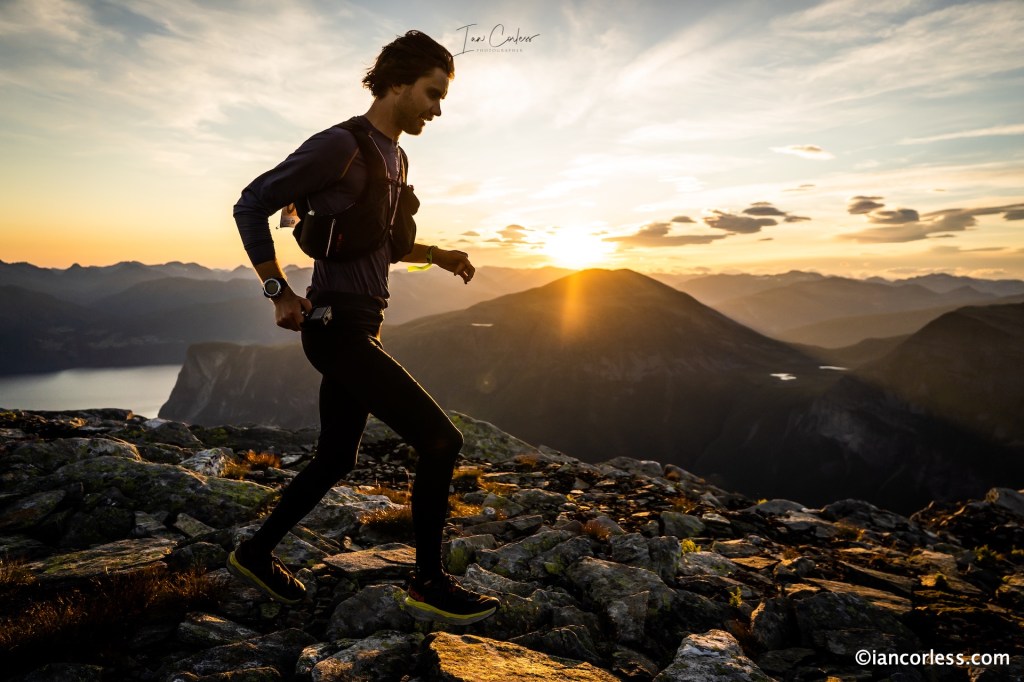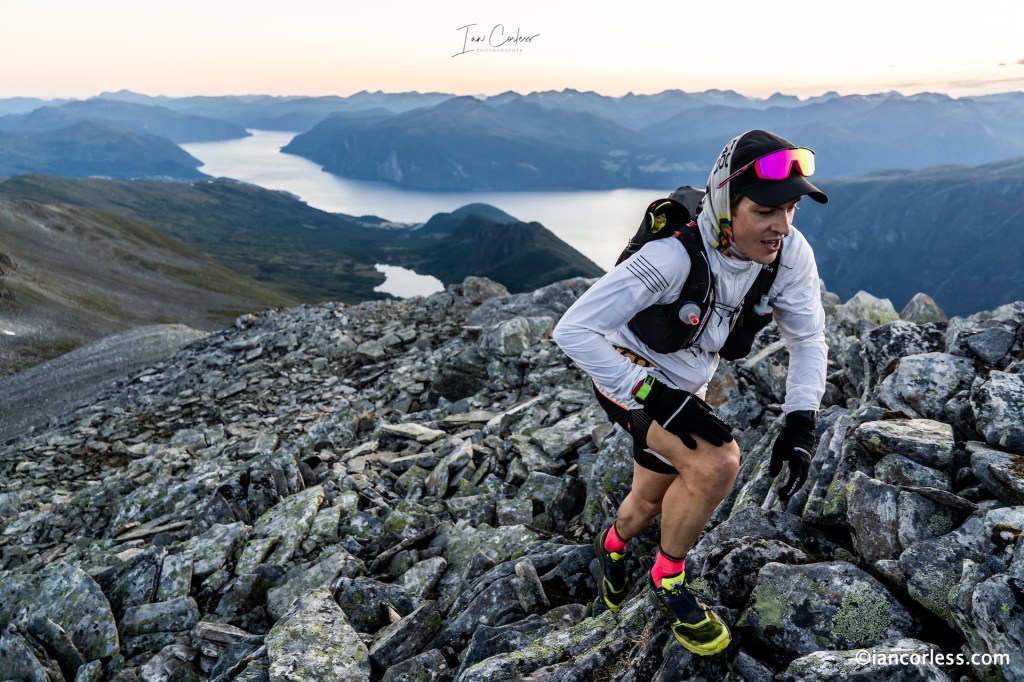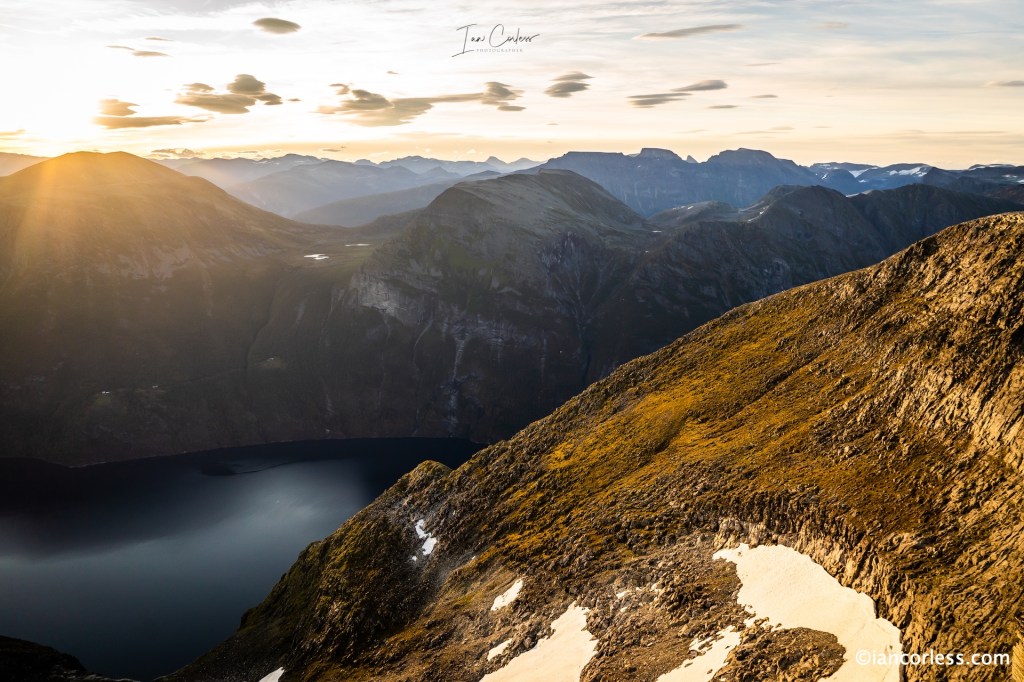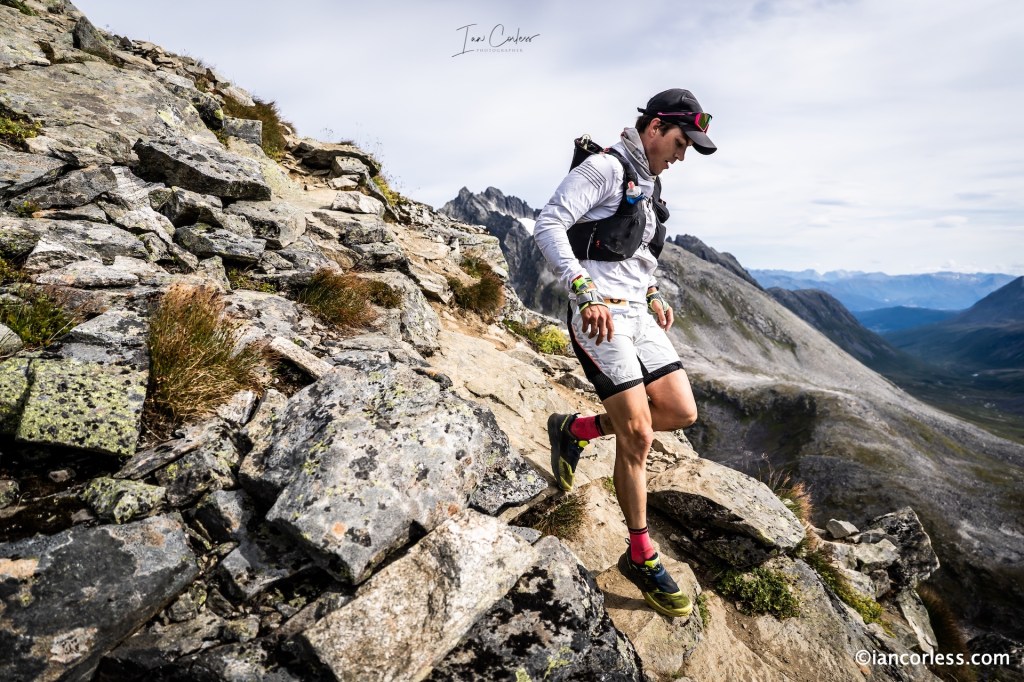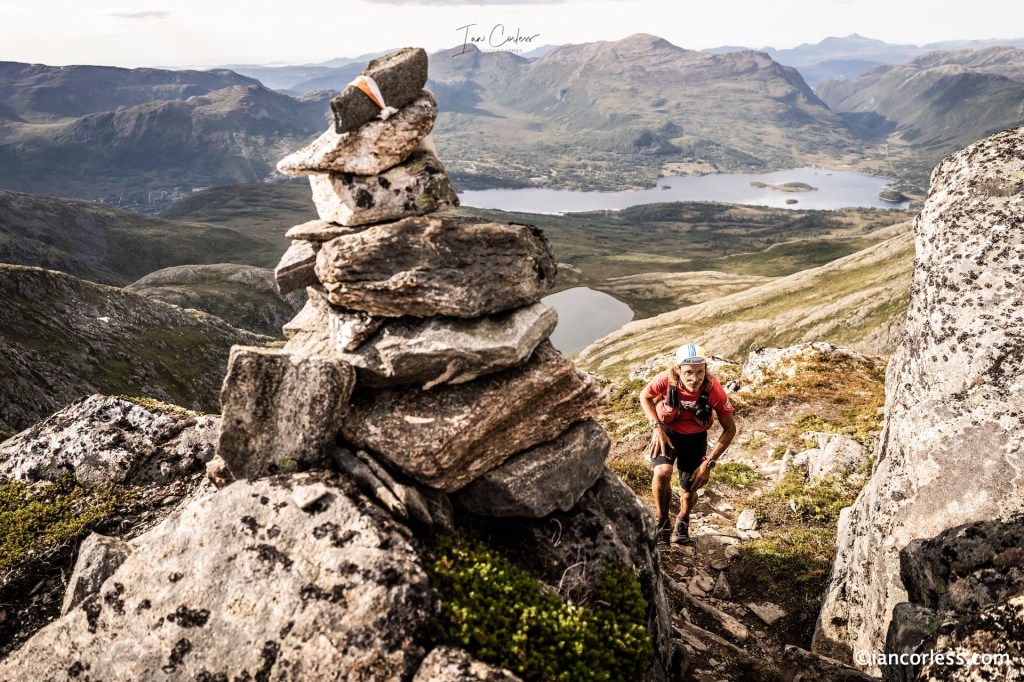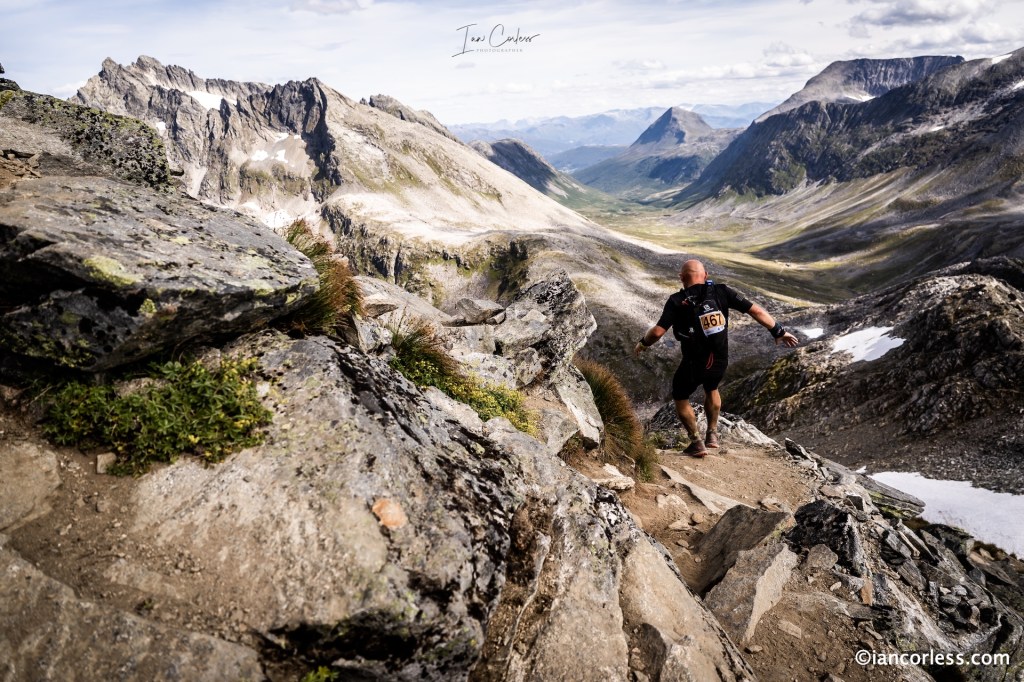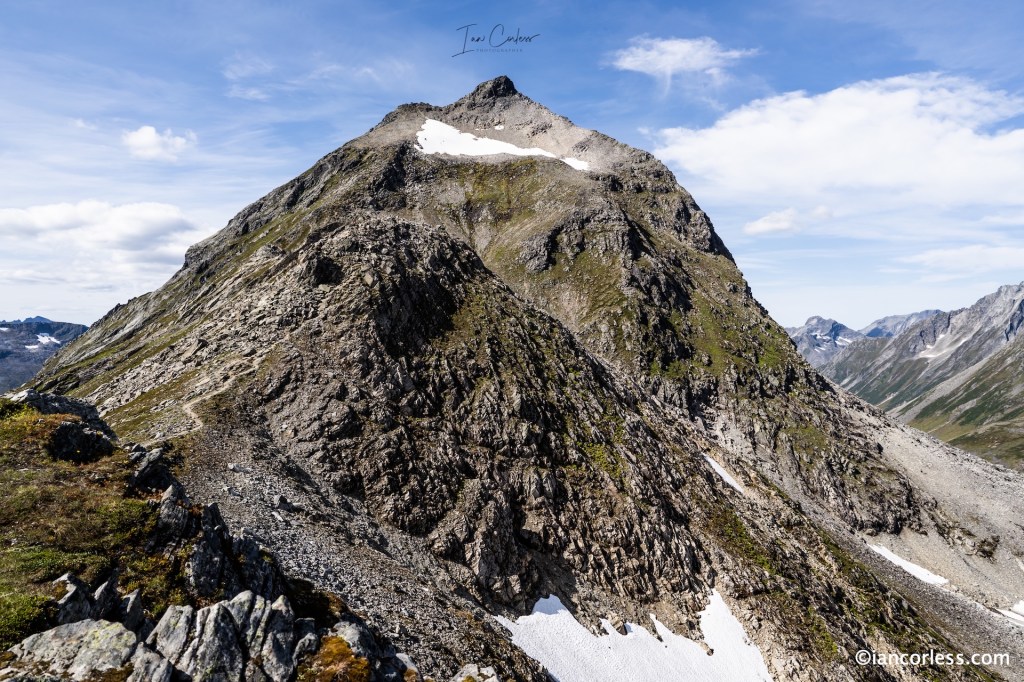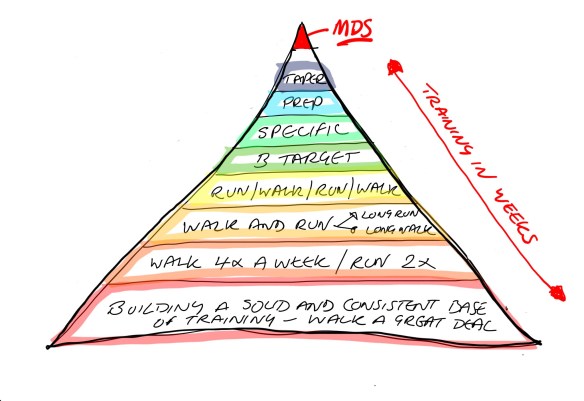
Runners from all over the world are looking ahead to April and the next edition of Marathon des Sables. It’s daunting and it can be intimidating. Planning is key. All runner’s need to periodise training so that you get the most from it.
This ‘planning’ often comes in the form of a PYRAMID. The ‘classic’ pyramid training method is well established. In this article I want us to look at this pyramid in two ways by looking at two different runners.

Runner 1– Runs regularly but MDS is a new target and pushes the boundaries of what they thought possible.
Runner 2– Has completed MDS or similar stage race and wants to go back and improve.
First of all, both runners need to count back. From the race date, for some, that may well be a 12-month plan, but more often than not, depending on experience and history, a 6-month block is ideal and for the well trained, a 4 to 3-month very specific block is not unrealistic.
- April – MDS race.
- March
- February
- January
- December
- November
Counting back, it’s easy to look at the objective in real terms and understand what one needs to achieve.
Read THE ULTIMATE GUIDE TO MARATHON DES SABLES HERE
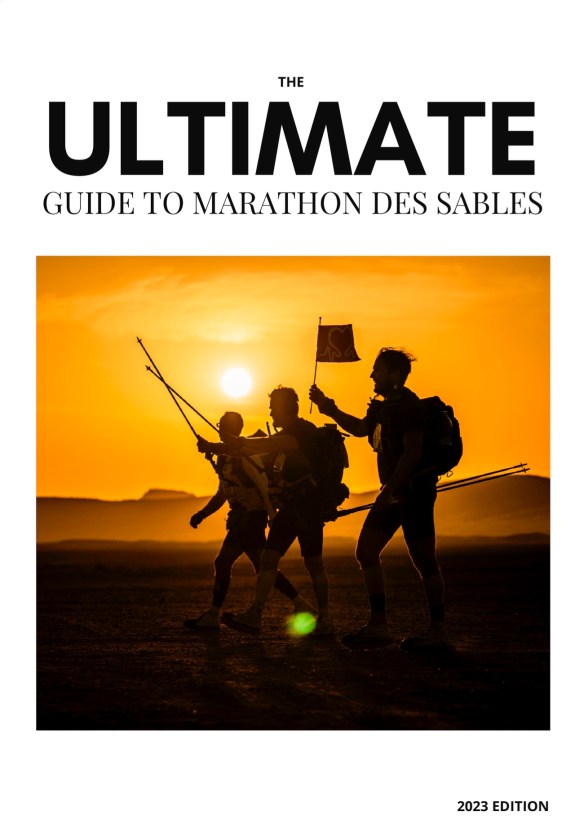
Depending on experience, how this plan is put together is very much dependent on the individual. However, certain key elements should be present in any training plan and this article is intended to provide the basics from which you can develop a strategy that works for you. I must stress, for you!

RUNNER 1
As stated, runner 1 “Runs regularly but MDS is a new target and pushes the boundaries of what they thought possible.”Therefore, a classic pyramid will be ideal.
See below:

Decide on objectives for the year, decide on C, B and A targets, obviously, the ultimate is MDS. Put them in a diary and ideally have a wall planner so that you have an overview of the training block, be that 12, 6 or 4-months. It’s easy to see how training looks on a planner. C should be something that one trains through, B can be more challenging and have a small taper for, A is very specific such as a training camp.
For example:
- April – MDS race – A RACE
- March
- February
- January – A a training camp or a mini stage race in training or official
- December – B a marathon on trail
- November – C could be a half marathon

MDS is a long way, typically 250km, so, base training and getting the miles in is key. I would hope that before starting any specific training plan, a base has already been established with some consistent running; say, 3 times a week. I have allocated 8 weeks for this in the plan below. Hours of easy miles progressively building to C and B targets.
The A objective can be a training camp, maybe a race such as a 3-day race or a specific training long weekend to simulate race conditions.
You can’t perform well at every event and this is why C,B and A targets are important. Ultimately, MDS is the one in which you must perform.
As in any plan, flexibility is needed. Nothing is fixed and one must be flexible and listen to one’s body. I recommend building for 3 weeks, recovering on week 4, take things easy with reduced mileage and more rest and recovery.
Rest is really important as is consistency. Training is never about ‘one’ run but all the runs added together.
- November and December 8 weeks – Base
- January 3 weeks – Specific phase
- February 3 weeks – Preparation phase
- March 3 weeks – Peak
- April Taper and RACE
BE SPECIFIC
Marathon des Sables will need you to be specific.
For example:
- You will be carrying a pack that on day-1 of the race will weight at minimum, 8kg.
- You will be racing in hot conditions.
- You will be self-sufficient.
- You will be compromised on calories.
- You will almost certainly walk more than you anticipate.
The above list goes on and on and as training progresses, you should refer to the list and asses importance. For now, I would place the above list in the following priority.
LEARN TO WALK for most participants and good walking strategy and being familiar with how to use poles are a key to MDS success.
MAKE SURE YOU LOOK AFTER YOUR FEET! HERE
As training progresses asses, one’s strengths and weaknesses and then adjust the plan.
- Do you need to work on strength and core?
- If you have poles, do you know how to use them?
- Are you recovering?
- How is your diet?
- What is my resting heart rate, is it fluctuating?
- Am I being specific and thinking of the race terrain and simulating it?
And so, on and so on. The above questions are a starting point. Read through the list and add your own questions to appraise what type of runner you are.
As the time progresses, not only will you feel more confident, you will be able to understand what needs to be done to achieve your goal.

RUNNER 2
As stated, runner 2 “Has completed MDS or a similar stage race and wants to improve.”
I want to throw a curve ball in here and suggest reversing the pyramid.
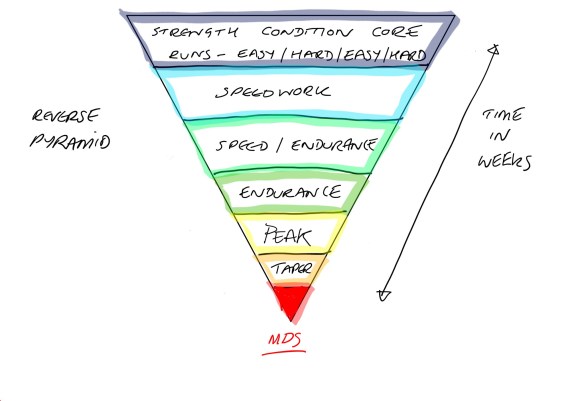
For runner 1, the emphasis is building a base and then slowly but surely progressing up the pyramid to the pinnacle, MDS. Speed work and faster sessions are less important as building the endurance for the event is a priority, speed will form a very small element of training.

But assuming that runner 2 already has a good base of fitness. An emphasis can be placed on
- How to improve,
- How to be more efficient and
- How to be faster.
So, before planning training, the following should be asked:
- Do I lack endurance?
- Do I lack speed?
- Do I lack strength and core weak?
- Was I mentally strong?
With answers to the following, one can look at the pyramid in a new way, turn it upside down and instead of putting a priority on long steady sessions early on, they can place a priority on:
- Strength and core
- Speedwork
- The mental approach
Speed training is usually used to add the finishing touches to a solid block of training. But as stated, as an MDS finisher, they already have endurance, so, working on speed now is a great use of time.

- November and Decembert can be used to get faster and stronger.
- January can see more endurance added with a reduction in speed work.
- February now combines endurance and speed with additional focus on strength with hill sessions.
- March would be the peak phase, fine tuning speed in combination with endurance.
- April would be a final peak and then taper to the RACE.
If you are someone looking to perform and improve, you need to be more self-critical. Plan your training and periodise your training so that you are able to (hopefully) predict good form for when you want it.
As an example, your A race which could take place in January or February may be something more specific where you are also looking for a result in addition to being in prime shape for MDS.
Remember you can only hold form for a limited length of time and if you want to peak, you need to make sure that this planning stage is done early so that you understand what you are trying to achieve. It’s all about stepping stones. And make sure you consider the terrain that the race will take place on.

Finally…
This article is not a hard and fast plan, it’s a guide for you to go away, look at your targets having assessed past targets and hopefully it makes you think about future objectives so that you can plan for a successful, injury free period of running and racing.
Consistency is key and just running and walking 3 to 6 times per week already drastically increases your chance of success at MDS. Remember, other than the ‘long-day,’ most days are the 28km to 42km bracket, so, no need to go crazy on distance.
The race is 5-stages over 6-days with a maximum distance of 250km’s and the longest day being 75 to 85km. Remember though, the ‘long-day’ has almost two days to complete, so, if required, you can take a substantial break or sleep to make the distance doable.
There are many more questions to ask and points to consider when planning but these should come after getting the training plan and schedule prepared.
- Prepare for the heat in the taper phase.
- Planning equipment looking for the best options for you based on weight and budget.
- Work on food for the race and fine out what you need.

Fancy an early season multi-day TRAINING CAMP? Join us in Lanzarote January HERE
Follow on:
Instagram – @iancorlessphotography
Twitter – @talkultra
facebook.com/iancorlessphotography
Web – www.iancorless.com
Web – www.iancorlessphotography.com
Image sales –www.iancorless.photoshelter.com







